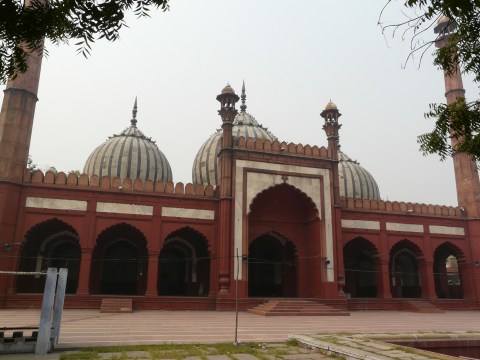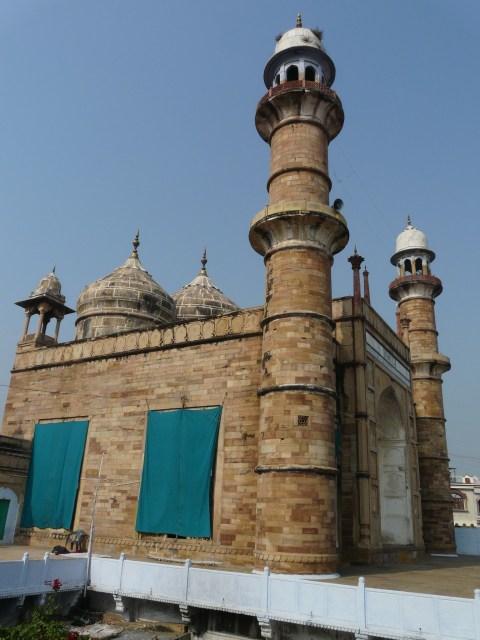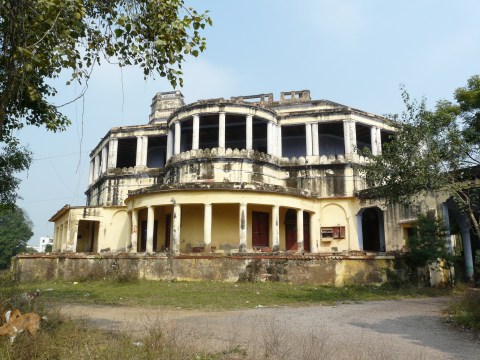Two Mughal-era mosques in the Daryagnaj area still give an idea of what they would have been like in centuries past, having not been altered too much. Continue reading



Two Mughal-era mosques in the Daryagnaj area still give an idea of what they would have been like in centuries past, having not been altered too much. Continue reading

I had put up my first Shahjahanabad post, on the Khari Baoli and Katra Neel areas, way back in Nov 2009, as part of my Dilli Darshan series (that first post also has my introduction to the Shahjahanabad series). Continue reading

Gwalior’s Jami Masjid is a Mughal-era structure built in the 1660s, soon after Shah Jahan was deposed by Aurangzeb, making it an early late-Mughal structure. Continue reading

Muhammad Ghaus (or Ghawth) was a 16th c Sufi saint and teacher of the Mughal emperor Humayun as well as Tansen, the famous musician in Akbar’s court. Continue reading

I got a chance to visit Ambedkar University Delhi’s campus at Kashmiri Gate (a campus that it shares with a couple of other universities), and explored the purported library of Dara Shikoh, which was turned into the British Residency (offices?) in the first half of the 19th c, and which is now used as ASI offices. Continue reading

The idgah at Agra, a 17th c (probably) Mughal structure, is a better architectural specimen than most idgahs in India, which are usually nothing more than a tall, long qibla wall with arched niches. This one is more like a large Mughal-style mosque with prayer hall, and is set at the end of a large walled garden. Continue reading

We all know the story of the Taj Mahal, how the Mughal emperor Shah Jahan built it as the tomb for his second and favorite wife Mumtaz Mahal, and that it is one of the greatest and most expensive testaments to romantic love in all of human history blah blah blah. However, also in Agra lies (or lay) the tomb of his first wife, Kandahari Begum. And what a difference between the two tombs! Continue reading

Made a short trip to Agra and visited the 17th c. Jama Masjid that’s close to the western gateway of Agra Fort, on the edge of Agra’s old city. The eastern boundary wall and arcade of the mosque were torn down by the British after the 1857 uprising, to make way for the railway line and station that sit just in front of the mosque, giving this mosque an “open” feel on one side. Continue reading